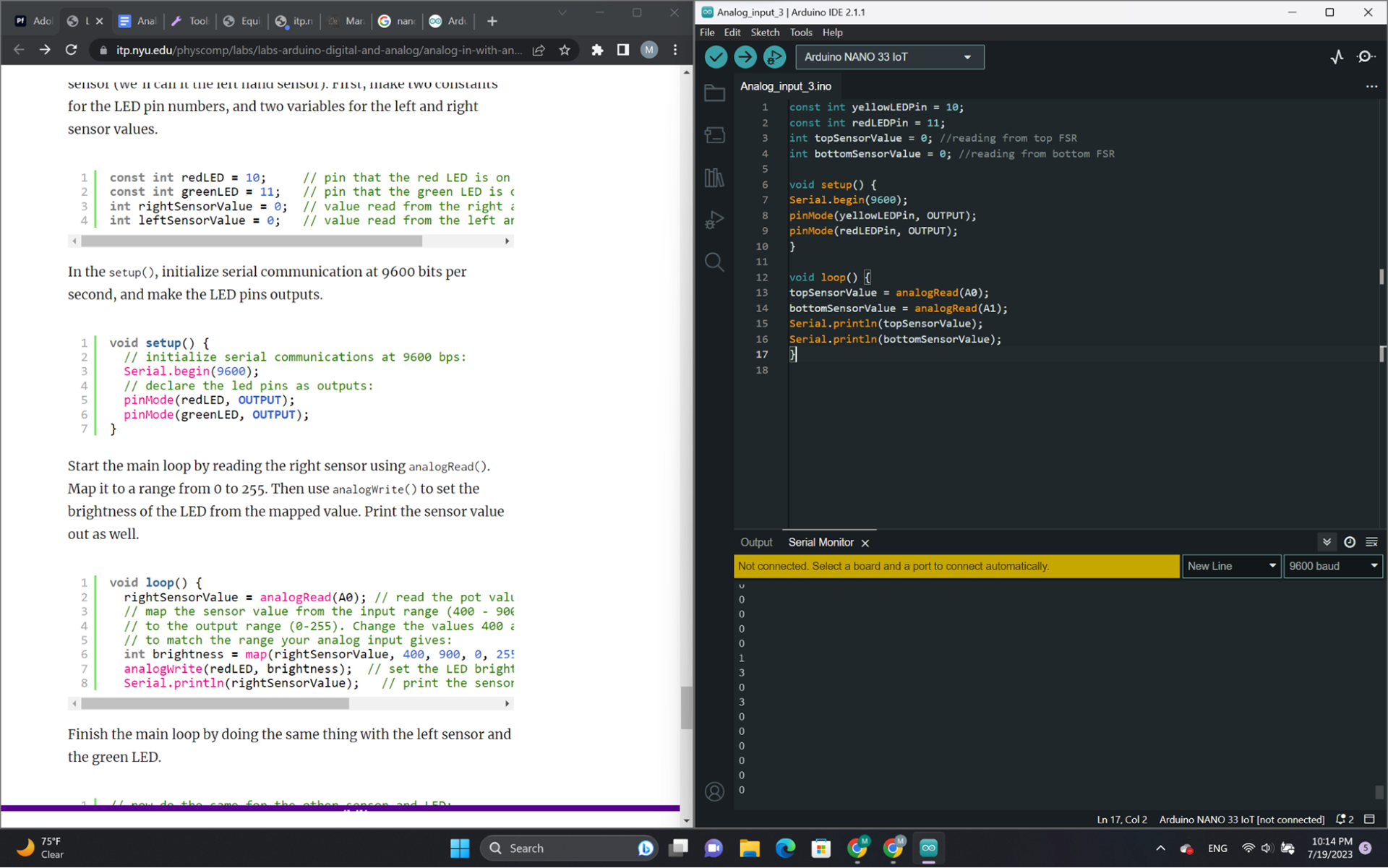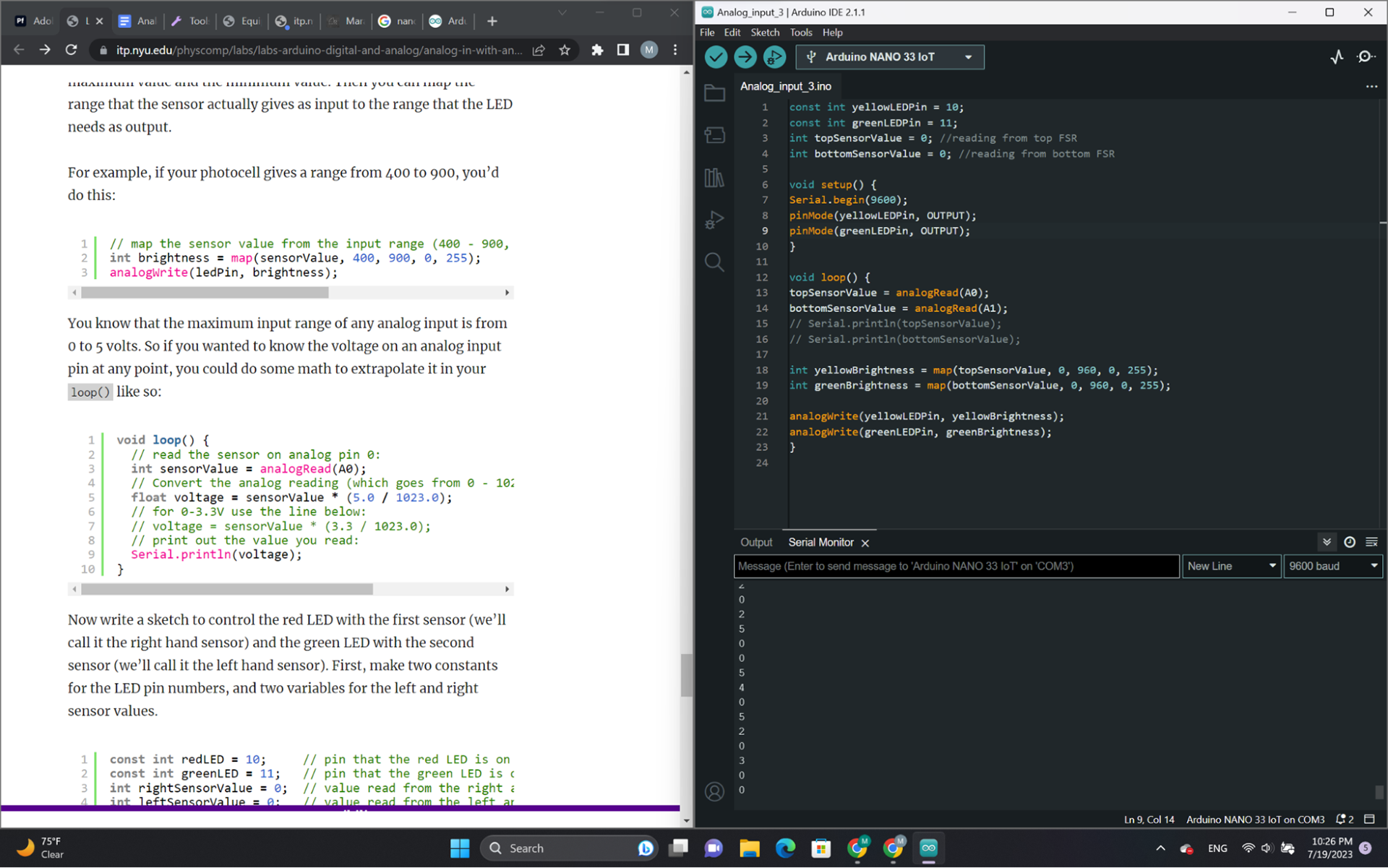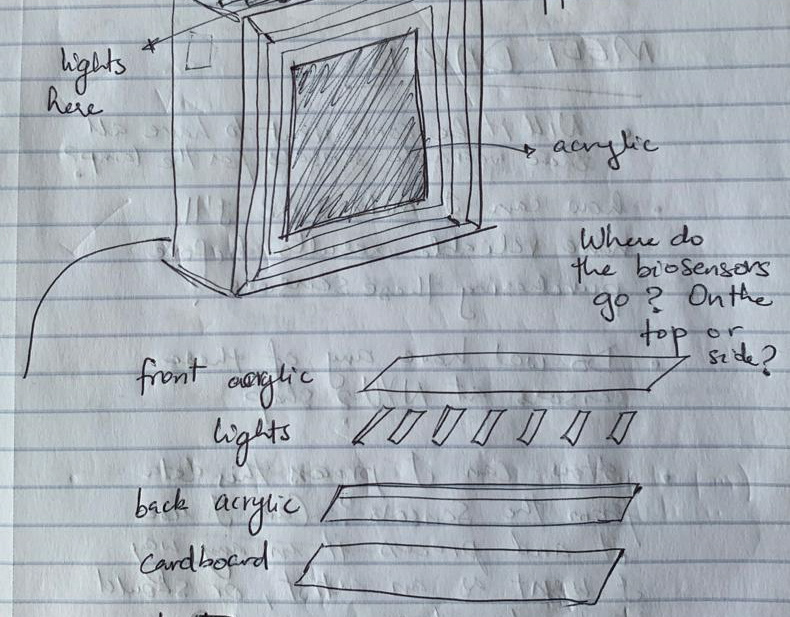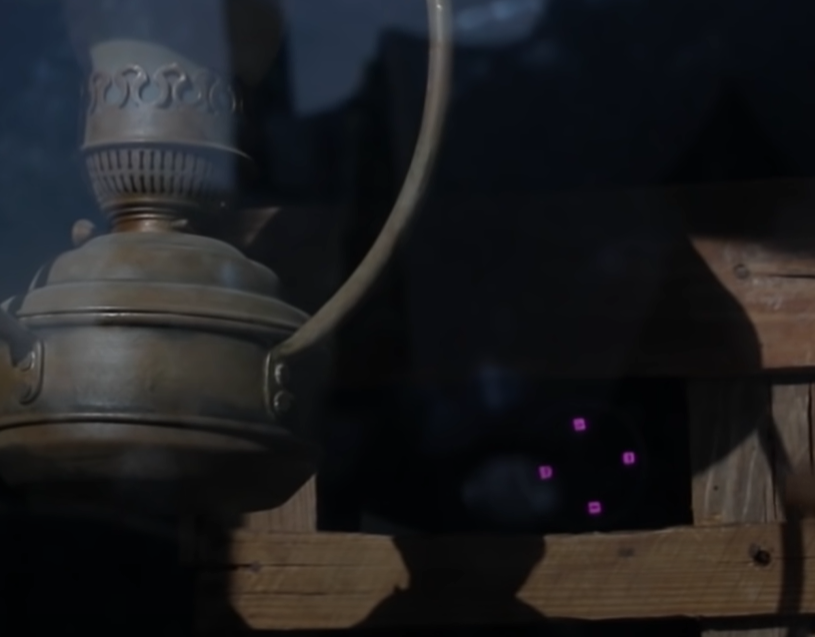What are the washers of the potentiometer for?
Is tone used instead of analogWrite when speakers are involved?
----------------------------------------------------------------------------------------------------------------------------------------------------------------
Do not understand the inclusion and context of the force sensor resistor (FSR) in the lab exercise...
Why are we connecting the ground jumper wire on the bottom right?
What does it mean when a phototransistor has a 'peak' for a given light range?
----------------------------------------------------------------------------------------------------------------------------------------------------------------
How come the voltage divider is in series when we placed the force sensor resistors in parallel?
Note to self: The fixed resistor in each circuit should have the same order of magnitude as the variable resistor’s range. For example, if you’re using a flex sensor with a range of 50 – 100 kilohms, you might use a 47-kilohm or a 100-kilohm fixed resistor. If you’re using a force sensing resistor that goes from infinity ohms to 10 ohms, but most of its range is between 10 kilohms and 10 ohms, you might use a 10-kilohm fixed resistor.
Note to self: The code above assumed you were using a potentiometer, which always gives the full range of analog input, which is 0 to 1023. Dividing by 4 gives you a range of 0 to 255, which is the full output range of the analogWrite() command. The voltage divider circuit, on the other hand, can’t give you the full range. The fixed resistor in the circuit limits the range. You’ll need to modify the code or the resistor if you want a different range.


I know how to extrapolate the voltage across an analog sensor now, but what do I use it for?
Can you analogWrite through digital pins?








